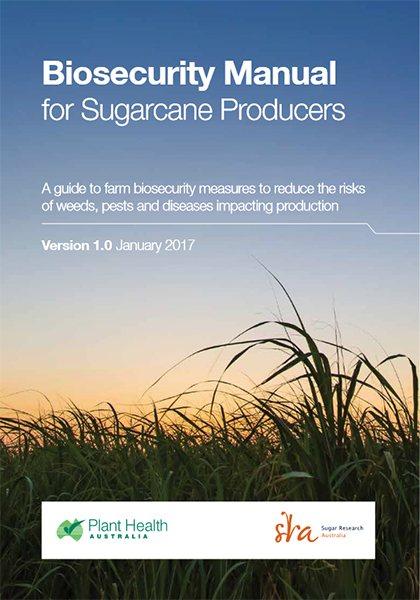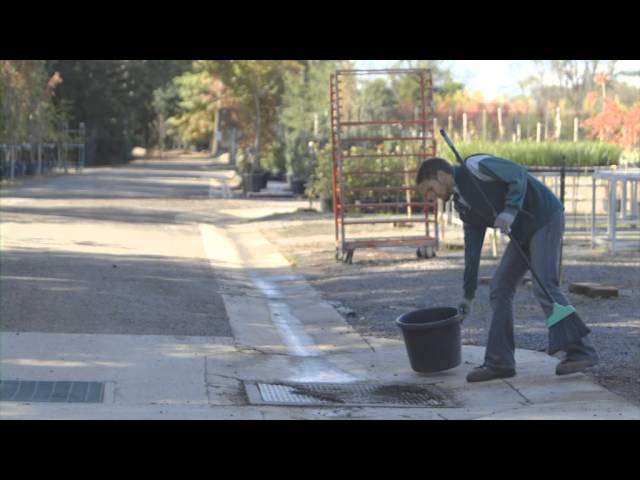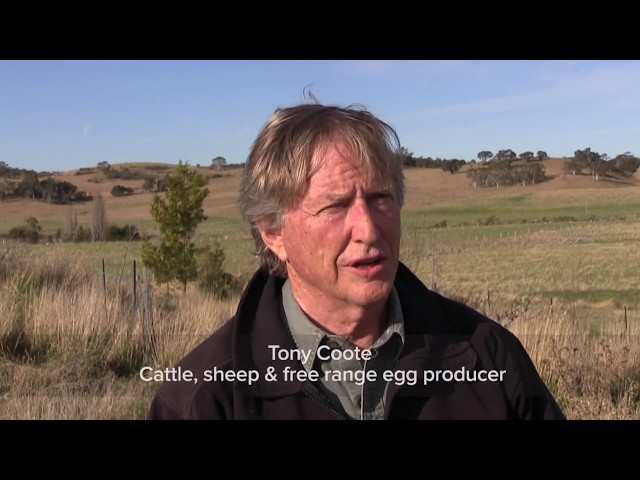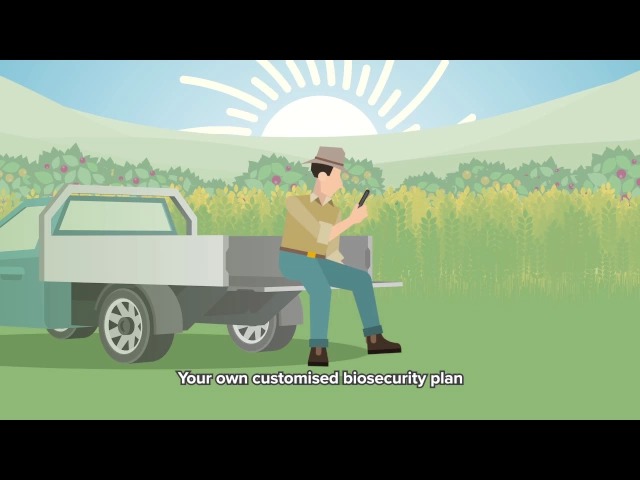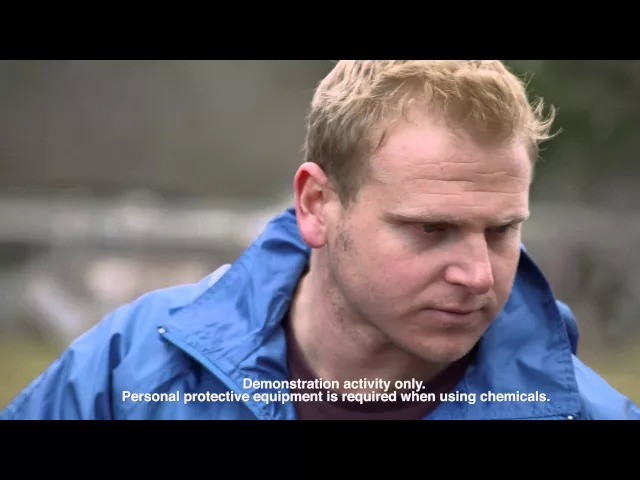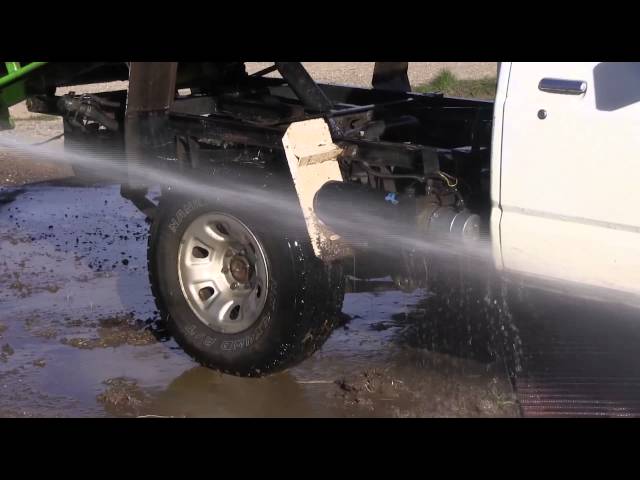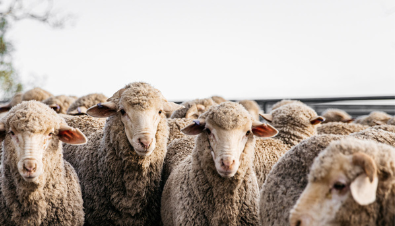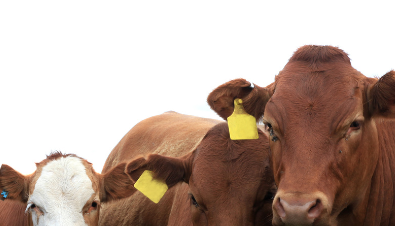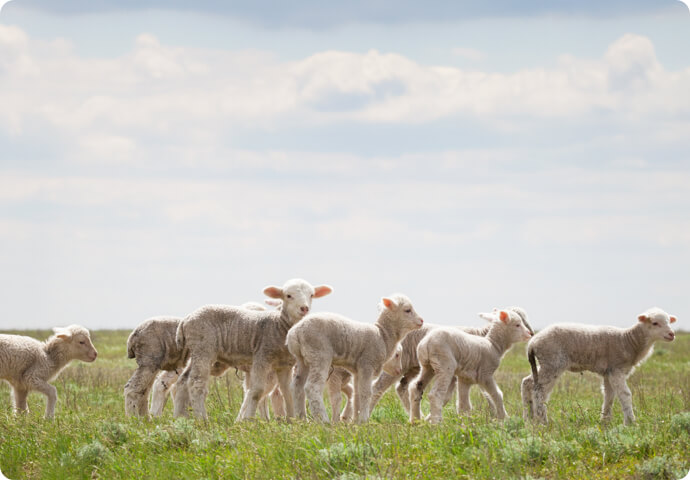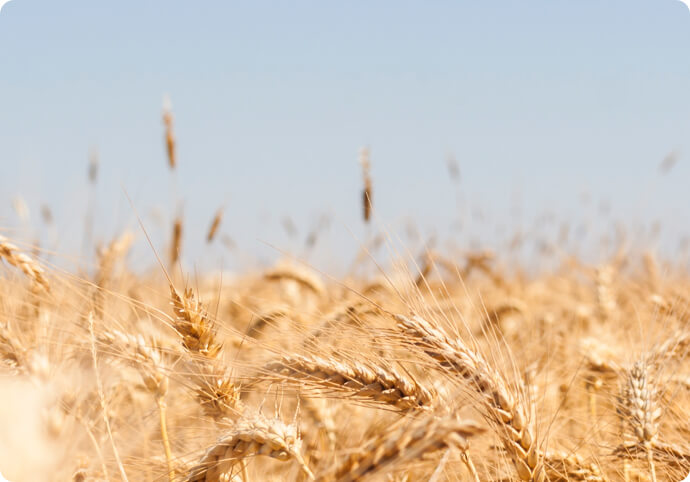You have an important role to play in protecting your farm, your region and the sugarcane industry from biosecurity threats. Under new legislation in Queensland and NSW everyone has a responsibility for the biosecurity risks under their control. The information in this section of the Farm Biosecurity website will help you to meet these obligations.
The Biosecurity Manual for Sugarcane Producers outlines the recommended on farm biosecurity practices that aim to reduce the risks from pests. Other resources for sugacane producers are listed below.
When thinking about implementing biosecurity measures on your farm, the six biosecurity essentials are a good place to start. The biosecurity essentials are:
1. Farm inputs
2. People, vehicles and equipment
3. Production practices
4. Farm outputs
5. Feral animals and weeds
6. Train, plan and record
The actual management practices you choose will vary from site to site, depending on the size of your property(s) the infrastructure and the day-to-day management of operations. If you are already following an accreditation scheme or industry best management practice guidelines (such as Smartcane BMP) it is likely to already include a biosecurity component. There are many measures that you can put in place to improve biosecurity.
Farm biosecurity
You have an important role to play in protecting your crop and the entire sugarcane industry from biosecurity threats. Here are easy ways you can reduce the threat of new pests impacting on your livelihood. Each of these practices should be embedded in the day-to-day management of your property as they make good business sense by reducing the risk of spreading pests.
1. Use pest-free propagation material and varieties that are recommended for your region
Ensure sugarcane planting material (stalks, setts, billets, tissue culture plants) is purchased from reputable sources, and that it is free from pests, diseases and weed seeds. Request and maintain records that state the source and testing history of planting material to allow the origin of pests or diseases to be traced. Do not move planting material between Queensland Sugar Cane Biosecurity Zones without approval. For more information see the Queensland Government page Restrictions on moving plant material, soil and related equipment.
Go to Sugarcane biosecurity essentials
2. Manage people movement and the risks posed by vehicles and equipment
People can inadvertently carry pests and diseases. The use of biosecurity signs will alert visitors and contractors to any biosecurity measures that are in place on the farm. Moving machinery between farms can spread pests and diseases. Ensure that staff and contractors comply with your biosecurity requirements. Do not move sugarcane equipment between Queensland Sugar Cane Biosecurity Zones without approval.
Go to Sugarcane biosecurity essentials
3. Adopt industry best management practices
Industry schemes such as Smartcane BMP which have pest management as a core component will assist in minimising pest risks on-farm.
Go to Sugarcane best management practice
4. Monitor your farm and report anything unusual
Ongoing vigilance is vital for early detection and control of pests and diseases. Check crops and fallow areas regularly for pests, diseases and weeds. Record the results of monitoring, even if you don’t find anything. Become familiar with the pests in your area and be on the lookout for anything unusual.
Go to Sugarcane pests and weeds
If you suspect a new pest or disease may be present report it immediately to the Exotic Plant Pest Hotline 1800 084 881. Early detection provides the best chance of eradication.
5. Abide by the law
Be aware of and support laws and regulations established to protect the sugarcane industry.
More information
To ensure your property has the best protection against the introduction and spread of new pests, identify the strengths and weaknesses of your biosecurity activities by completing a best practice checklist.
Once identified, a few simple, non-costly and practical procedures can be implemented to strengthen areas of greatest risk to your property.
While changing everyday practices can take more effort in the short term, these will become second nature with time and are easier and cheaper than dealing with the introduction of a new pest.

